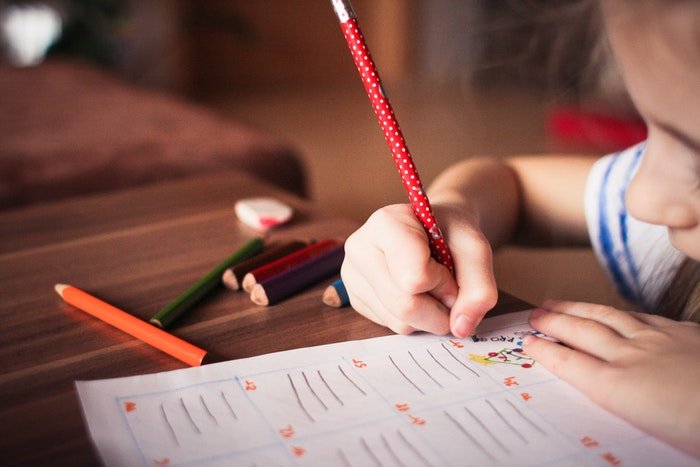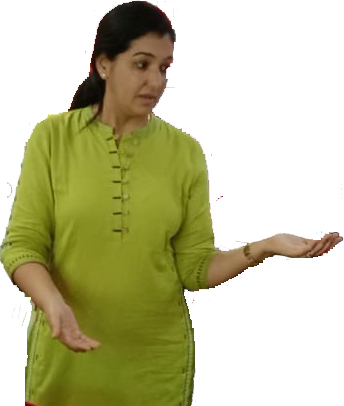Handwriting Development
Writing is the means by which children’s academic performance is assessed. In fact, in the upper grades, handwriting performance can significantly determine the quantity of writing produced in exams, as well as the legibility. It is best mastered early in the schooling career to prevent bad habits forming.
The underlying skills that determine handwriting abilities are similar to those for other everyday (self care) dexterous hand skills (e.g. doing up buttons, cleaning teeth, tying shoelaces). They are interestingly also the same as those for keyboard use! Thus it is crucial to recognise that even if you are not interested in developing handwriting but you are in developing keyboard skills, the same underlying skills are necessary.
Typing versus handwriting: Despite the advent of computers and the belief by many that typing is more important than writing as a life skill, there is rarely reason to totally exclude handwriting skill development as the pre-requisite skills for efficient keyboard use are the same as for handwriting. Furthermore, despite the use of computers we still need the ability to hand write in small amounts for filling in forms, signing cheques and the like, as well as performing the tasks that reinforce appropriate finger control for the daily tasks mentioned above.
What are the building blocks necessary to develop handwriting performance?
- Hand dominance: The consistent use of one (usually the same) hand for task performance, which allows refined skills to develop.
- Hand division: Using just the thumb, index and middle finger for manipulation, leaving the fourth and little finger tucked into the palm, not participating but supporting the remaining 3 fingers.
- Hand and finger strength: An ability to exert force against resistance using the hands and fingers.
- Shoulder stability: The ability to use the shoulder joint muscles to hold the shoulder steady which then allows the arm to be held in different positions while the forearm and hand perform handwriting.
- Letter awareness: Consistent knowledge of the letters appearance, sound and later its name, either by visual recognition or by writing them (age appropriateness must be considered).
- Number awareness: Consistent knowledge of the correct formation and orientation of numbers, associated with an understanding of what the numbers mean .
- Pencil control: The control with which a pencil is held and moved in a designated or desired way, which is also influenced by finger strength and sensory processing.
- Pencil mechanics: How the pencil is held and moved, including appropriate pressure applied to the paper with the pencil.
- Pre-writing skills: The pencil strokes that comprise most letters, numbers and early drawings (including: l, —, o, +, /,square, \, X, and Δ).
- Visual perception: The brain’s ability to interpret and make sense of visual images seen by the eye, such as letters and numbers.
- Planning and sequencing: The sequential multi-step task/activity performance to achieve a well-defined result.
- Postural control: The ability to stabilise the trunk and neck to enable coordination of other limbs such as the arm (and hand) for writing.
If left untreated what can difficulties with handwriting performance lead to?
When children have difficulties with handwriting performance, they are might also have difficulties with:
- Poor persistence with handwriting tasks, which puts a child at risk of becoming disengaged in an academic environment and under-performing academically.
- Difficulties meeting academic criteria due to poor handwriting skills.
- Increased pressure and anxiety in a school aged child due to difficulties keeping up in class.
- Difficulties completing exams due to difficulty answering all questions in writing within the allocated time.
- Poor self esteem when a child compares their abilities with their peers.
- Being pressured to turn to IT as the solution when they don’t have the underlying skills for success in this written communication from either.






